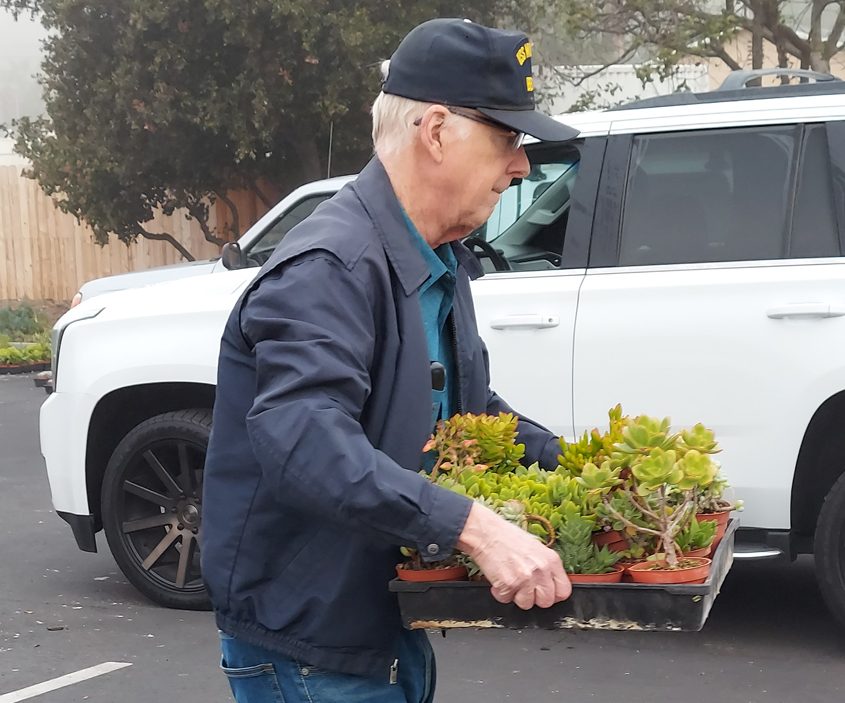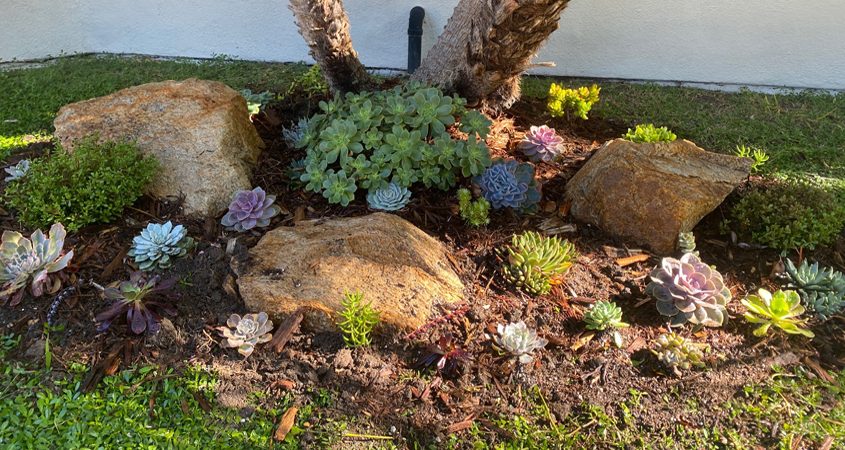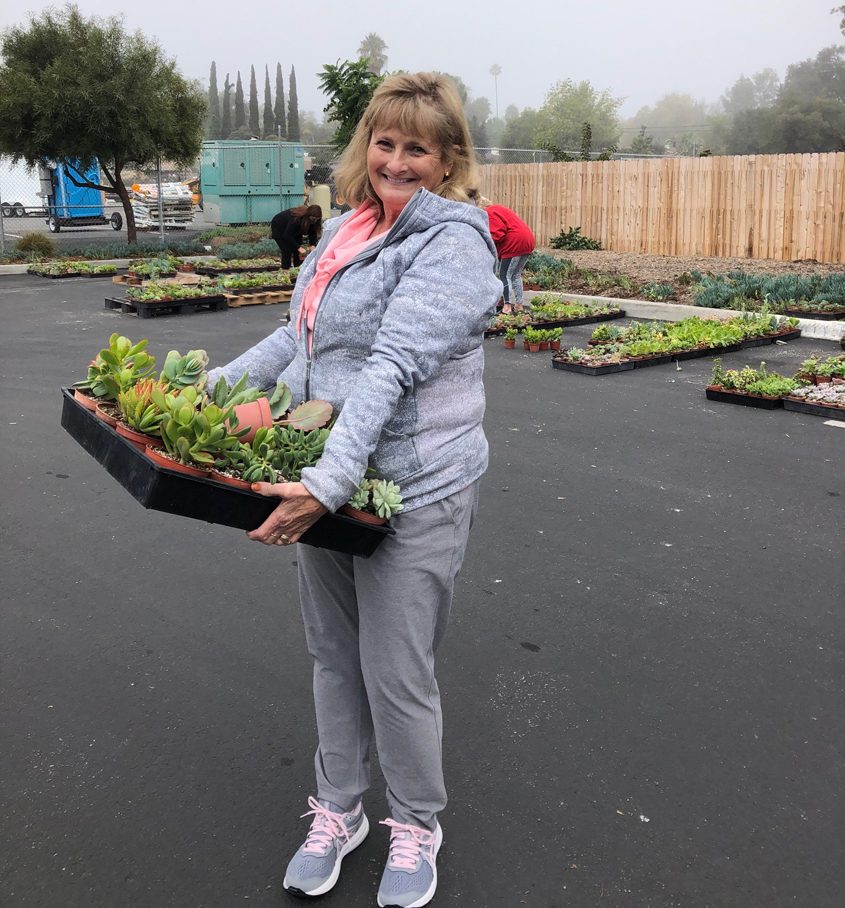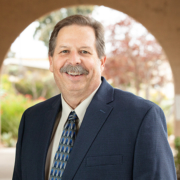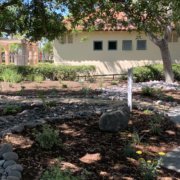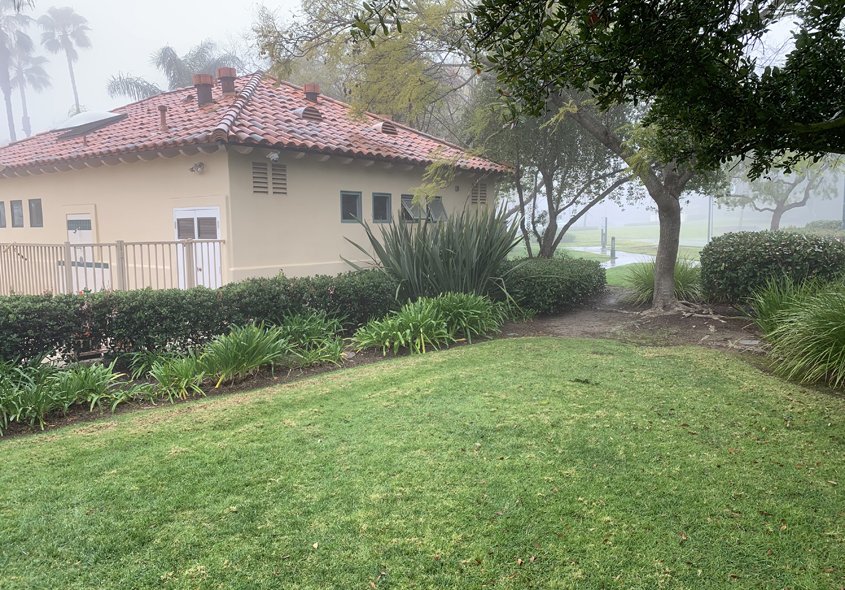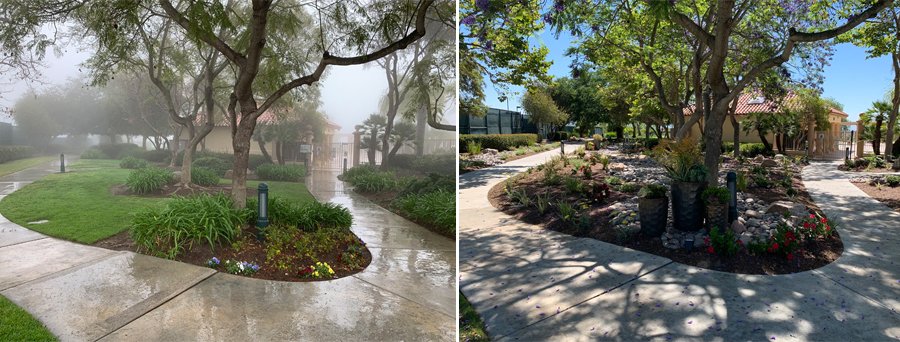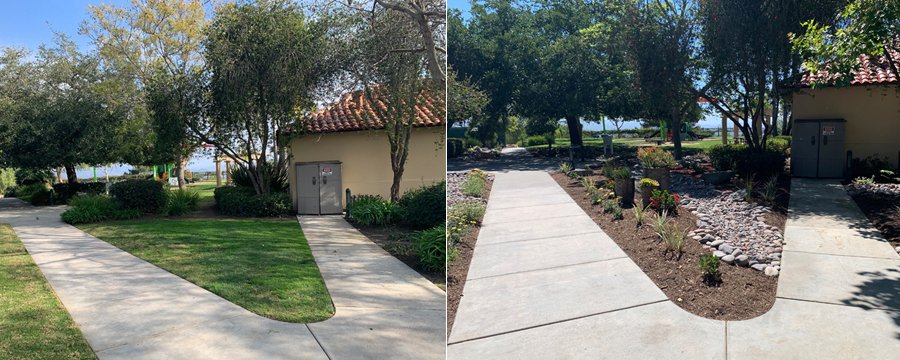Make the Most of Rainfall
On the rare and welcome occasions when San Diego County gets rainfall, the water runoff from hard surfaces around the home such as roofs and patios should be re-directed to your permeable landscaping. By capturing as much rainwater as possible in the soil, it is possible to build an ecosystem that can last through the summer months with minimal additional irrigation.
Approach your landscaping as a living sponge, holding water until it is needed. If more rain falls than can be absorbed, or if the soil is particularly impermeable, rainwater can be directed through landscaped areas to remove pollutants before it flows into storm drains and heads downstream.
Adjust for rainwater capture
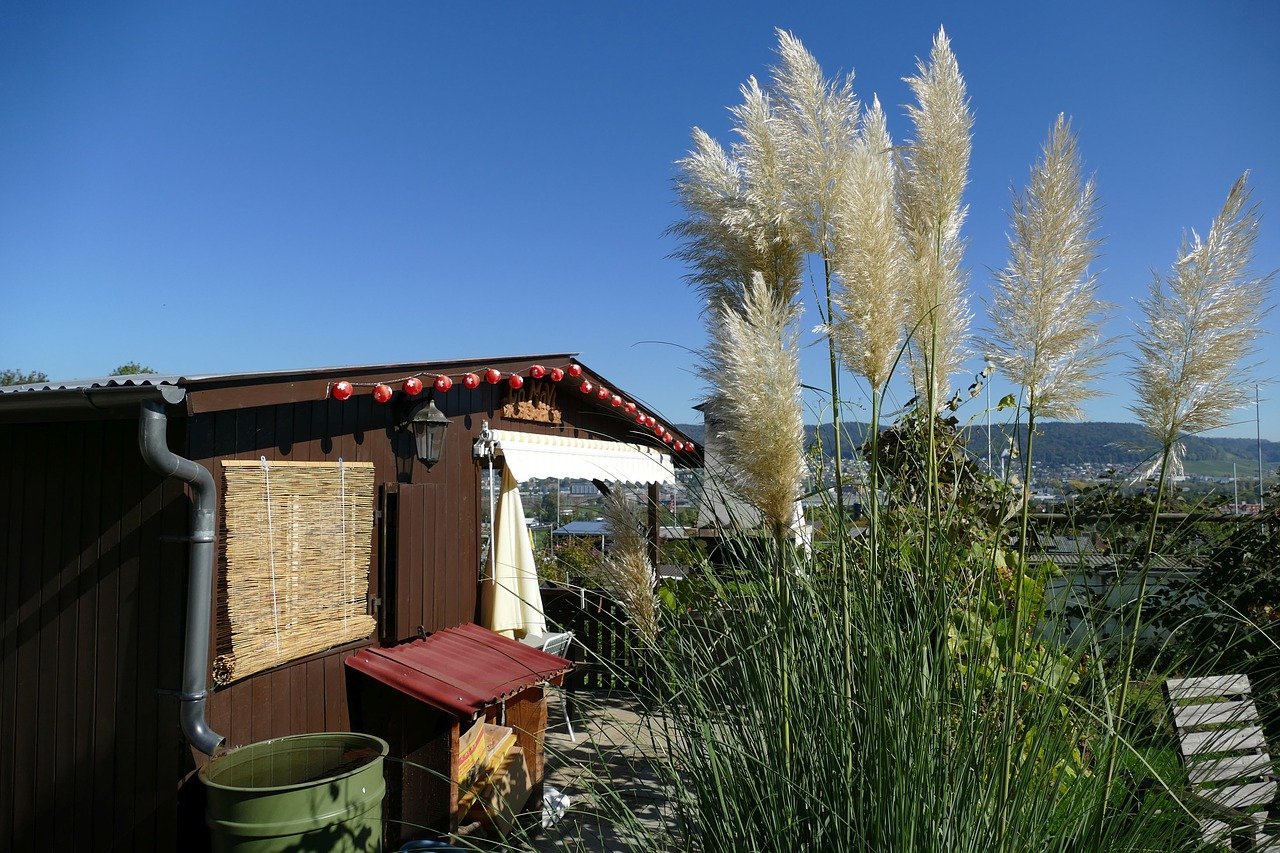
Assess the areas where rainfall runs off hard surfaces to set up capturing tools. Photo: Rambold Heiner / Pixabay
Capture rainfall in three steps. First, check your roof to determine where precipitation is directed after it hits the surface. Does it fall into rain gutters, off the edge, or elsewhere? Second, choose how and where to hold excess rainwater based on this assessment. Finally, consider making upgrades like adding rain barrels or making changes in your landscaping. For instance, landscaping soil may need amendments to hold more water.
Is your soil more like a brick?
If your soil is more like a brick as with clay soils common in San Diego County, it will affect how landscaping is contoured to capture water. Adding soil amendments will help it become more like a sponge that retains water for drier weeks and month. If the soil doesn’t drain well, take special care to avoid drowning new plants.
When choosing landscaping plants, match them to the soil type. If the soil is sandy, look for plants with “dry feet” that prefer free-draining soil, If the soil is harder clay, look for plants that do not mind heavy soil.
Optimal landscape soil can capture rainwater and allow it to soak in completely in 24 to 48 hours.
Do your part to stay WaterSmart
Olivenhain Municipal Water District has partnered with the San Dieguito Water District, Santa Fe Irrigation District, and Carlsbad Municipal Water District to offer discounted rain barrels to area residents this winter. #cawater #CAdrought https://t.co/UF8klEpAAI #RainBarrels pic.twitter.com/tZuBsvK4h5
— San Diego County Water Authority (@sdcwa) December 5, 2021
Many homeowners also use rain barrels to capture rainfall before it reaches the ground so it can be released during dry times.
Olivenhain Municipal Water District has partnered with the San Dieguito Water District, Santa Fe Irrigation District, and Carlsbad Municipal Water District to offer discounted rain barrels to area residents this winter.
Rain barrels ordered by January 31, 2022 will be available for pick up at Solana Center for Environmental Innovation located at 137 North El Camino Real in Encinitas.
Fifty-gallon barrels are on sale for $97, with a final cost of $62 after a $35 rebate from water wholesaler Metropolitan Water District of Southern California. Rebates on rain barrels and other water-saving measures are available at www.socalwatersmart.com.
For more information about rain barrels, and other conservation tips and rebates to create a WaterSmart home and garden, go to WaterSmartSD.org.
This article is part of a year-long series inspired by the 71-page Sustainable Landscapes Program guidebook. The Water Authority and its partners also offer other great resources for landscaping upgrades, including free WaterSmart classes at WaterSmartSD.org.
(Editor’s note: The Olivenhain Municipal Water District, the San Dieguito Water District, Santa Fe Irrigation District and the City of Carlsbad, are four of the San Diego County Water Authority’s 24 member agencies that deliver water across the metropolitan San Diego region.)



